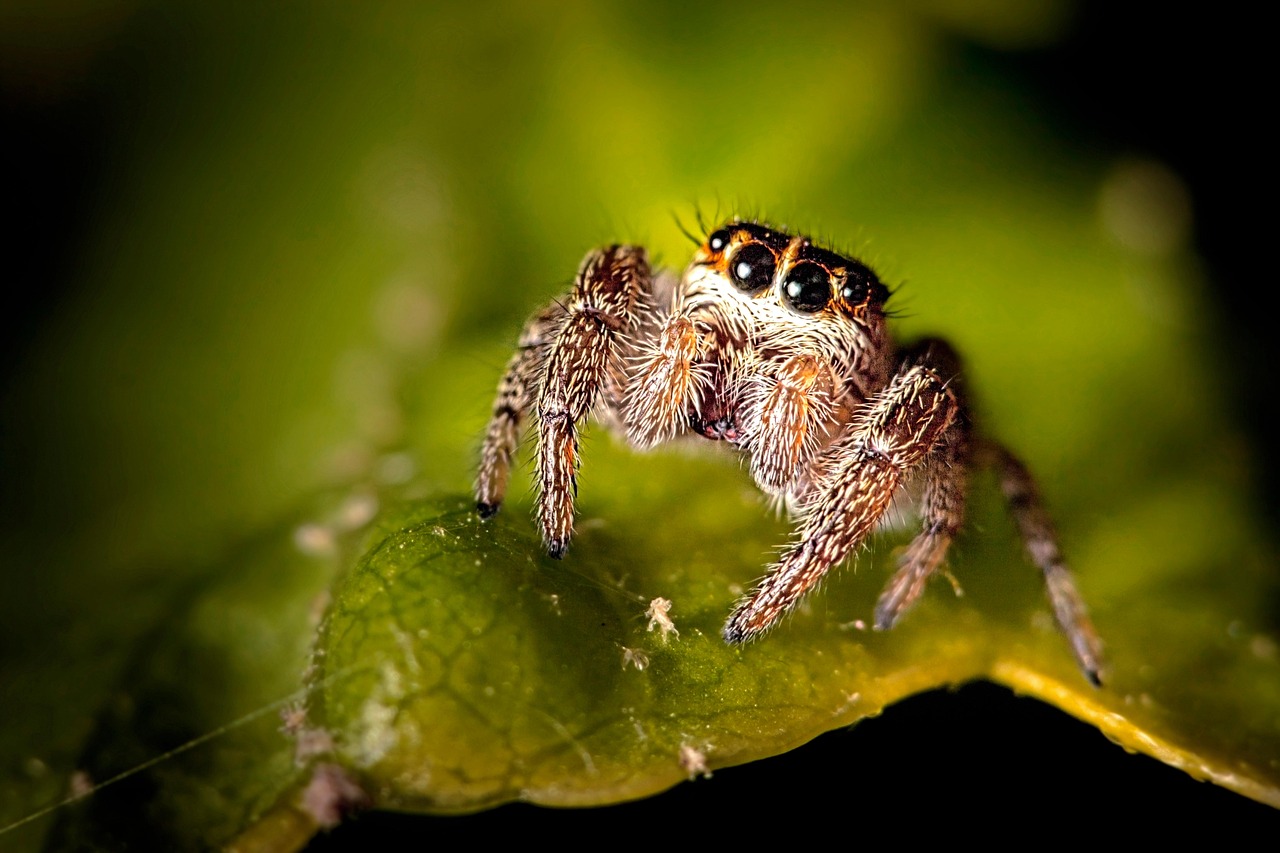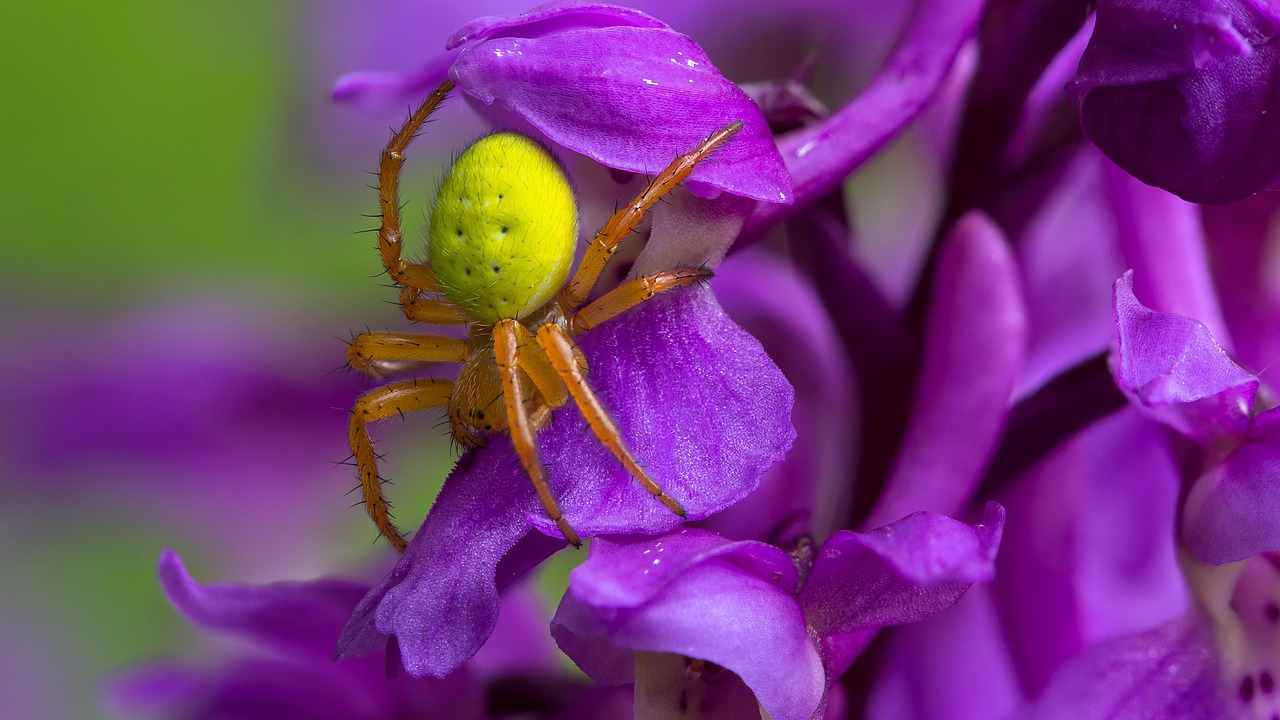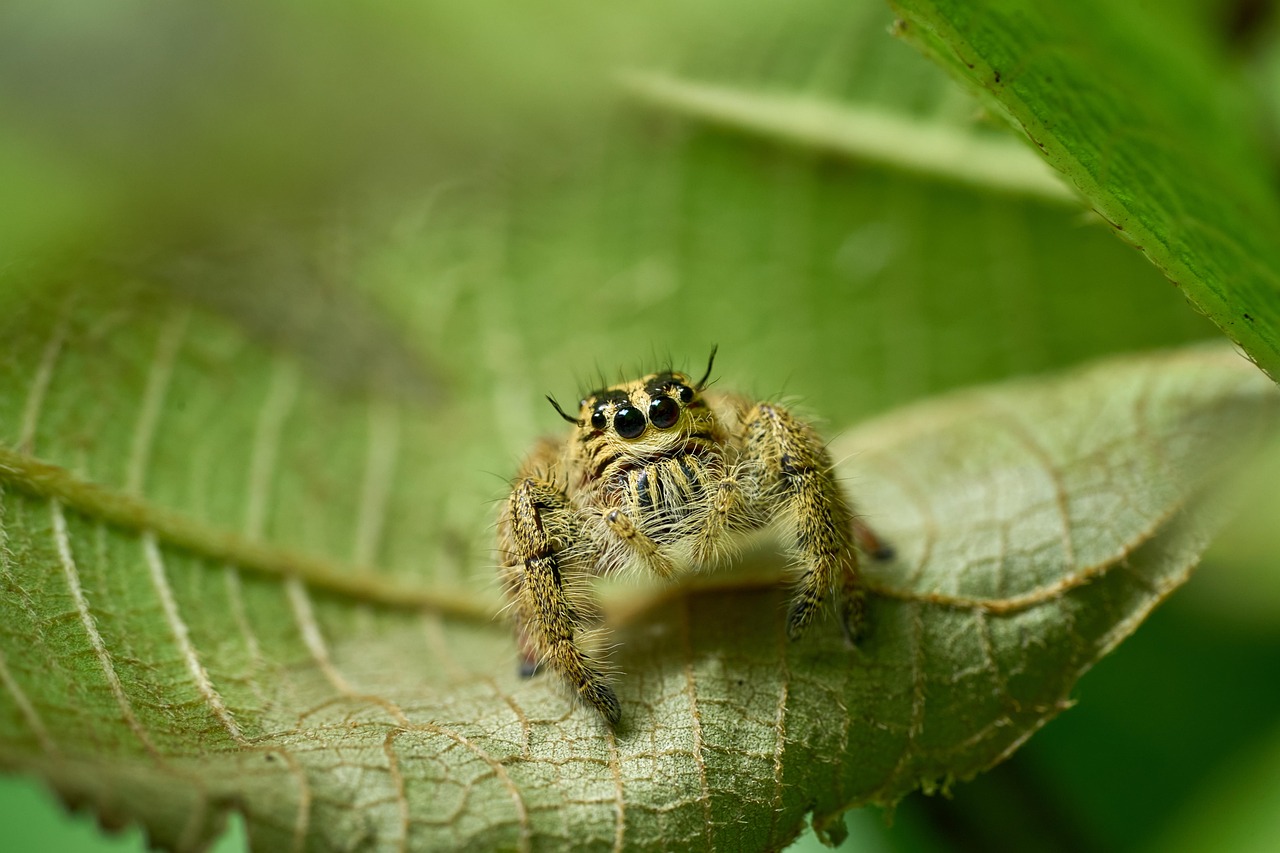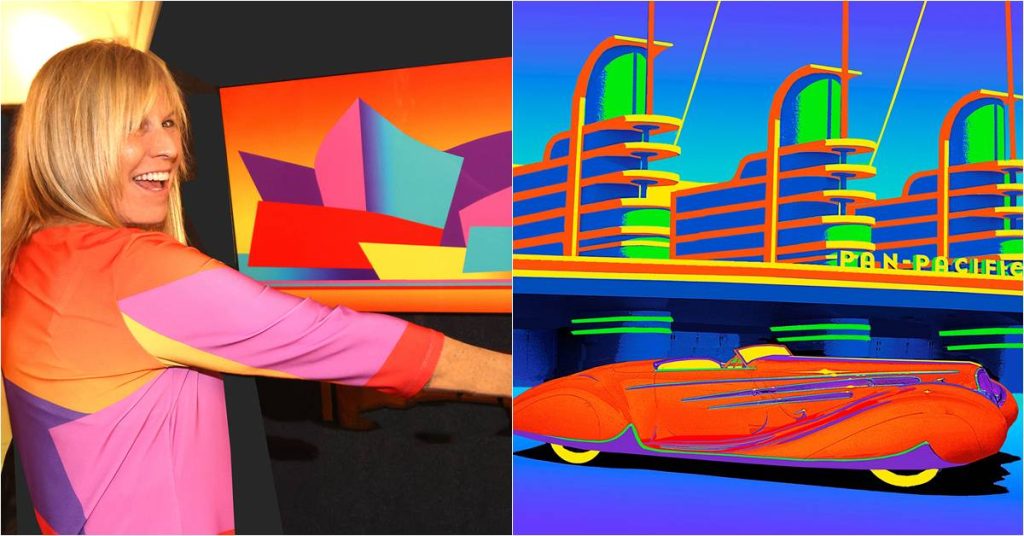It starts where it usually ends — with a glance, a gasp, and the urge to look away. A leg twitches. A web shimmers faintly in the corner. The story ends for most people there. But for a few, the story begins.
Because if you slow down, just for a moment, you’ll notice something strange and silent happening in the world of spiders. An architecture built with nothing but breath and silk. A life suspended between stillness and strategy. A creature feared for centuries, quietly writing poetry in the air.
Spider photography isn’t about bravery. It’s about curiosity. It’s about meeting wonder in its most misunderstood form.
Seeing spiders not with fear, but with feeling.
Spiders — The Architects We Forgot to Praise
They don’t work with stone or wood. Their tools come from within. Every web they spin is a temporary cathedral — one breeze away from collapse, yet built again without complaint.
Photograph one early in the morning and you’ll understand. Dew becomes diamonds. Light becomes a painter. What once looked like a trap starts to look like a triumph. A design too intricate for even the steadiest human hand.
And when you meet the spider itself — really meet it — you begin to notice things people miss. The bold colors of a peacock spider. The gentle stare of a jumping spider. The quiet rhythm of legs moving not out of fear, but focus. In your frame, they’re not monsters. They’re muses.

Moments Between Stillness and Storm
There is drama here, too — not loud, but tense. The pause before the pounce. The spiral wrapping of prey. The sudden movement in a still world. Everything tiny, yet alive with urgency.
And then there are the close-ups. The web’s geometry. The abstract lines against soft background blur. No spider in sight, just the remnants of one’s creation — as if it left behind a signature for the world to find.
The Camera Helps, But Patience is Your Lens
You don’t need the best equipment. A macro lens helps, yes. A steady tripod helps more. But the real secret is time.
Time to observe. Time to wait. Time to understand that this subject doesn’t perform. It lives. And if you’re lucky, it lets you witness it — as it is.
A soft flash, a morning glow, a reflector to guide the shadows… these are technical things. But the best tool remains your willingness to stay still, even when everything inside you wants to move on.
Recommended Products for spider photography
-
A Macro Lens (or Extension Tubes): A macro lens in the 90–105mm range helps you do that. But if you’re just starting, extension tubes can work wonders too.
-
A Steady Hand — or a Tripod: When you’re that close, even your heartbeat can blur the shot. Use a tripod. A focusing rail helps fine-tune those tiny adjustments.
-
Light, the Right Way: Mornings and evenings give you soft natural light. But a diffused ring light or macro flash can help reveal the details without harsh shadows. A simple reflector can bounce light where you need it.
-
Patience: This isn’t action photography. It’s observation. Sometimes you’ll wait for a breeze to calm. Sometimes for the spider to move. But when it happens, it’s worth every second.

Gentle Steps in a Fragile World
Great photographs don’t hurt. They don’t rush. They don’t invade.
Don’t touch the web. Don’t nudge the spider. Don’t interfere for a better shot. Let it be. There is beauty in watching, not directing.
And when you walk through a patch of grass or lean in near a leaf, remember — someone lives there. Someone smaller than your fingernail, but no less purposeful.
Why It Matters
You’re not just taking photos. You’re retelling a story that’s always been told in whispers and shadows.
You’re offering a new way to see — not just with the eyes, but with a softened heart. You’re helping someone else unlearn fear and find fascination. You’re capturing something that may be gone tomorrow, not just from a leaf, but from the world.
These creatures matter. Their threads hold more than prey. They hold balance. They hold awe. And in your frame, they get to be seen — maybe for the very first time.

Your Turn to See Differently
The next time a spider appears before you, don’t turn away. Look again. Look gently.
Notice the curve of a leg. The shimmer of silk. The moment between breath and stillness.
And if you can, lift your camera. Not to capture a creature — but to remember a feeling. The feeling of finding something beautiful where you once felt fear.
Because maybe, just maybe… your photo becomes someone’s first step toward wonder.
Disclaimer : Post contains affiliate links

Hello art lovers. My name is Deepak Mehla, and I’m from Karnal, India. I enjoy reading stories about people’s struggles and how they overcome them. These motivational stories work like a source of energy for me.
Although Arttellers is completely different from my original vision, I, too, am going through a challenging phase in life. To keep myself busy and to hold on to hope, I share stories of artists with all of you. I believe these stories will give you a new direction, just as they inspire me.
Arttellers exists because I want to share how some people turn the work they love into their livelihood, and how choosing their passion leads them to success. I started Arttellers to keep my own hope alive and to help you discover people whose journeys might inspire you too.


